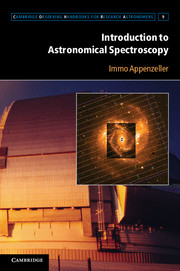Overview
The goal of this chapter is to show that when relativity is combined with our theory of electricity, a necessary conclusion is that a new force, the magnetic force, must exist. In nonstatic situations, charge is defined via a surface integral. With this definition, charge is invariant, that is, independent of reference frame. Using this invariance, we determine how the electric field transforms between two frames. We then calculate the electric field due to a charge moving with constant velocity; it does not equal the spherically symmetric Coulomb field. Interesting field patterns arise in cases where a charge starts or stops.
The main result of this chapter, derived in Section 5.9, is the expression for the force that a moving charge (or a group of moving charges) exerts on another moving charge. On our journey to this result, we will consider setups with increasing complexity. More precisely, in calculating the force on a charge q due to another charge Q, there are four basic cases to consider, depending on the charges’ motions. (1) If both charges are stationary in a given frame, then we know from Chapter 1 that Coulomb’s law gives the force. (2) If the source Q is moving and q is at rest, then we can use the transformation rule for the electric field mentioned above. (3) If the source Q is at rest and q is moving, then we can use the transformation rule for the force, presented in Appendix G, to show that the Coulomb field gives the force, as you would expect. (4) Finally, the case we are most concerned with: if both charges are moving, then we will show in Section 5.9 that a detailed consideration of relativistic effects implies that there exists an additional force that must be added to the electrical force; this is the magnetic force. In short, the magnetic force is a consequence of Coulomb’s law, charge invariance, and relativity.
